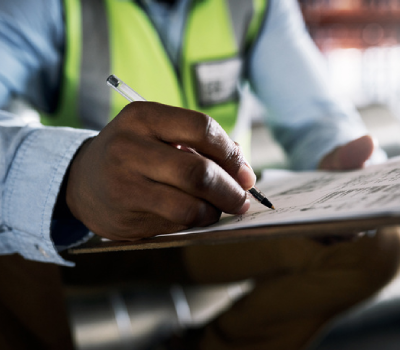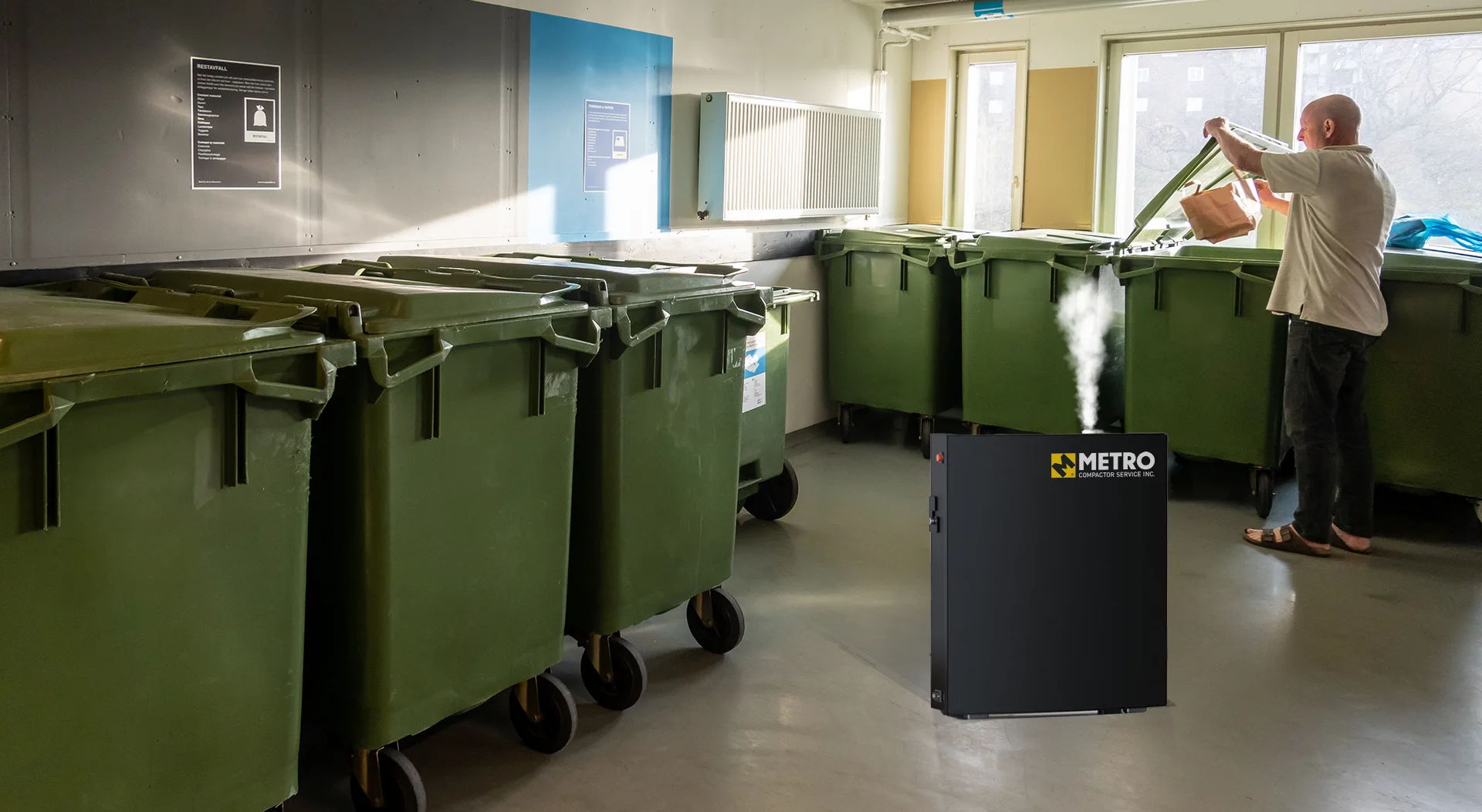Rent a Baler for Hassle-Free Industrial Waste Handling
Rent a Baler for Hassle-Free Industrial Waste Handling
Blog Article
Exploring the Essential Role of Waste Devices in Modern Recycling Processes and Sustainable Garbage Disposal Practices
The essential role of waste equipment in modern recycling procedures highlights its significance in attaining sustainable garbage disposal methods. Advanced systems, such as automated arranging technologies and compactors, not just boost performance but also play a crucial role in lowering contamination rates and boosting product recovery. As the demand for even more lasting options grows, it is necessary to examine just how these innovations adjust to progressing challenges within waste administration. What cutting-edge developments are on the horizon that could even more transform these procedures?
Importance of Waste Devices
Why is waste equipment crucial in the reusing process? By helping with the separation of materials, waste tools lessens contamination, which is vital in making sure top notch recyclables that can be reintroduced into manufacturing cycles.
Additionally, waste devices enhances functional effectiveness and safety and security within reusing facilities. Advanced machinery, such as shredders and balers, permits the fast processing of huge volumes of waste, decreasing labor costs and handling time. On top of that, making use of specialized equipment lowers the danger of injury among employees by automating hazardous jobs.
In addition, the ecological impact of recycling is intensified by efficient waste equipment. By maximizing the reusing process, centers can considerably reduce the quantity of waste sent to landfills, consequently contributing to sustainability initiatives. Finally, waste tools is not just an ancillary part of recycling; it is an essential facet that drives performance, safety, and environmental stewardship in modern waste monitoring practices.
Kinds Of Waste Tools
The effectiveness of reusing operations is closely linked to the details sorts of waste tools used at the same time. baler rental. Numerous categories of equipment are important to the collection, sorting, processing, and transportation of recyclable materials
Firstly, collection equipment, such as waste collection vehicles and bins, is essential for gathering recyclables from different resources, including property, business, and commercial locations. Once collected, sorting devices, including conveyor belts, shredders, and magnetic separators, plays a vital duty in differentiating various product kinds, ensuring that contaminants are removed before processing.
Handling equipment, such as balers and compactors, further prepares materials for reusing by compressing and packaging them right into manageable sizes. This not just maximizes room yet additionally boosts transport effectiveness. In addition, specialized equipment like granulators and extruders is utilized for transforming materials into recyclable forms, specifically in plastic recycling.

Function in Recycling Procedures
In reusing processes, the function of waste tools is pivotal in making sure performance and effectiveness at every stage. This devices incorporates a range of machinery created to take care of, procedure, and type products that are to be reused. The initial phase includes collection and transport, where compactors and balers play an essential role in optimizing the volume of materials for transit, thus reducing operational expenses.
As soon as at the reusing facility, shredders and crushers enter play, breaking down materials into manageable sizes ideal for more processing. These makers add to improving the surface of recyclables, assisting in a lot more efficient product healing. Sorting systems, geared up with advanced technologies such as conveyor belts and optical sensors, ensure that materials are accurately divided by kind, therefore making the most of the high quality of the recycled output.
Additionally, specialized equipment for handling particular materials-- such as glass, plastics, and metals-- makes sure that each kind is taken care of in one of the most reliable fashion. Generally, the combination of advanced waste equipment right into the reusing process not just simplifies procedures but also dramatically adds to the general recuperation rates of valuable products, highlighting its vital role in modern reusing efforts.
Effect On Lasting Practices
Through the reliable operation of waste equipment, reusing procedures considerably enhance lasting techniques across numerous industries. This effect is realized with increased product recovery rates, which lower the demand for virgin sources. By streamlining sorting and handling features, advanced waste devices reduces contamination in recyclable products, thereby enhancing the high quality of recycled output. The reduction of waste sent out to garbage dumps is an additional important advantage, as it reduces ecological degradation and alleviates greenhouse gas emissions related to disintegration.

Moreover, the assimilation of wise innovations in waste administration systems enables for real-time data monitoring and evaluation, resulting in more enlightened decision-making and functional performances. As industries progressively focus on sustainability, the function of waste equipment comes to be extremely important in forming practices that line up with ecological stewardship and regulatory compliance. Inevitably, the synergy in between waste equipment and recycling procedures plays a vital function in progressing broader sustainability goals throughout communities and markets alike.
Future Patterns in Waste Management
Emerging patterns in waste administration are poised to improve the landscape of reusing and resource healing dramatically. Among the most critical changes is the assimilation of innovative technologies such as man-made knowledge, equipment learning, and the Internet of Things (IoT) These advancements assist in improved arranging procedures, boosting the performance and precision of reusing operations. Smart waste bins equipped with sensing units can check waste degrees in real-time, maximizing collection courses and reducing operational costs.
In addition, the round economic climate model is gaining grip, advertising the idea of reusing products instead of dealing with them. This trend urges services to develop products with end-of-life factors to consider in mind, driving the requirement for ingenious waste management remedies.
In addition, public understanding and engagement in sustainability techniques are on the rise, bring about boosted participation in reusing programs. Government policies are additionally progressing, with more stringent laws on waste disposal and motivations for sustainable techniques.
As these patterns merge, they produce an extra effective, lasting waste administration system that not only minimizes environmental effect however also cultivates financial growth via source recuperation and development in waste tools. The future of waste administration looks appealing, driven by modern technology and a dedication to sustainability.
Conclusion
In conclusion, waste equipment plays a critical waste baler rental function in improving the effectiveness and efficiency of contemporary reusing processes. As waste management proceeds to evolve, the significance of innovative waste equipment will remain paramount in achieving sustainability goals and addressing the challenges of resource deficiency.
Report this page